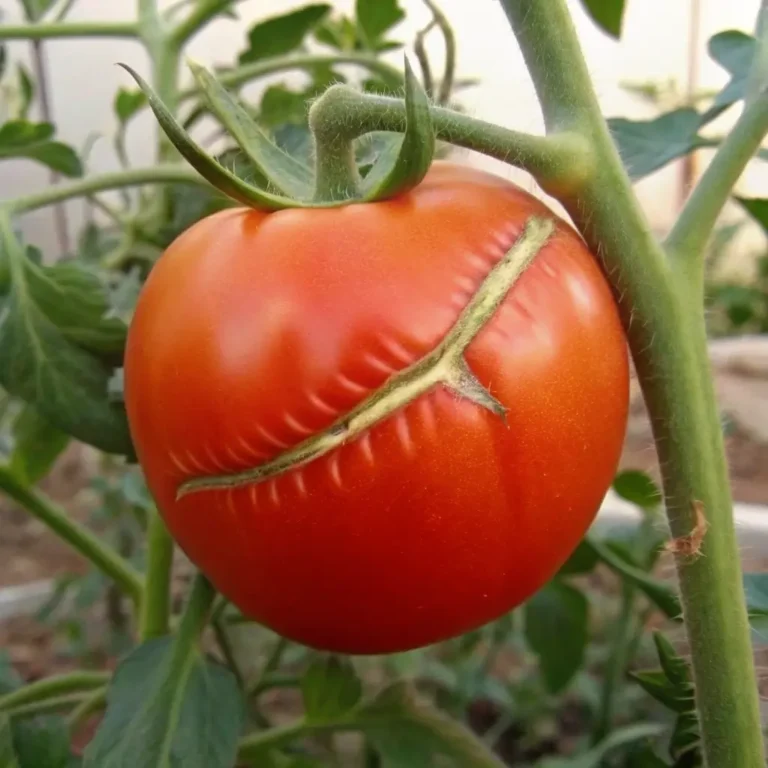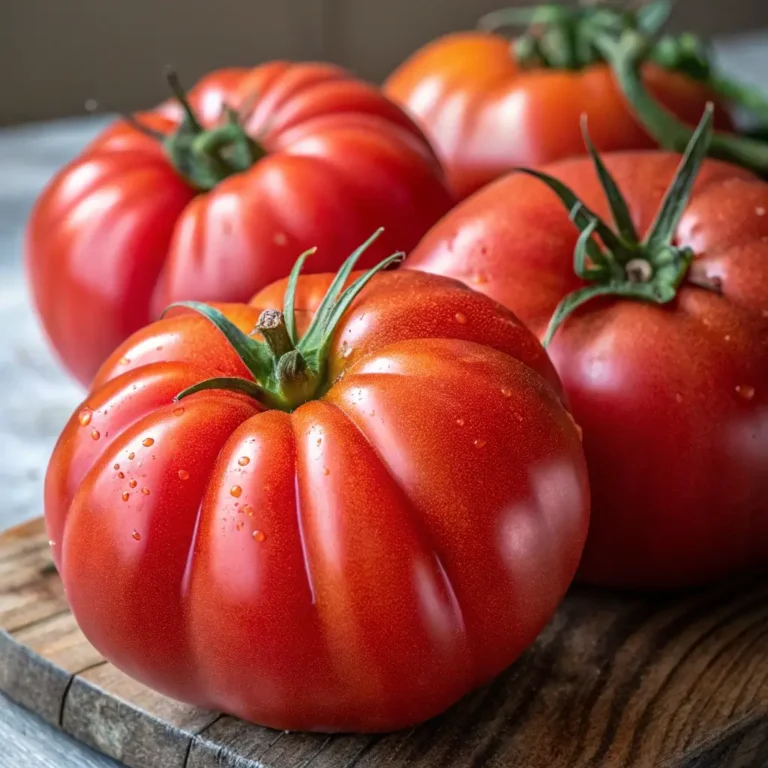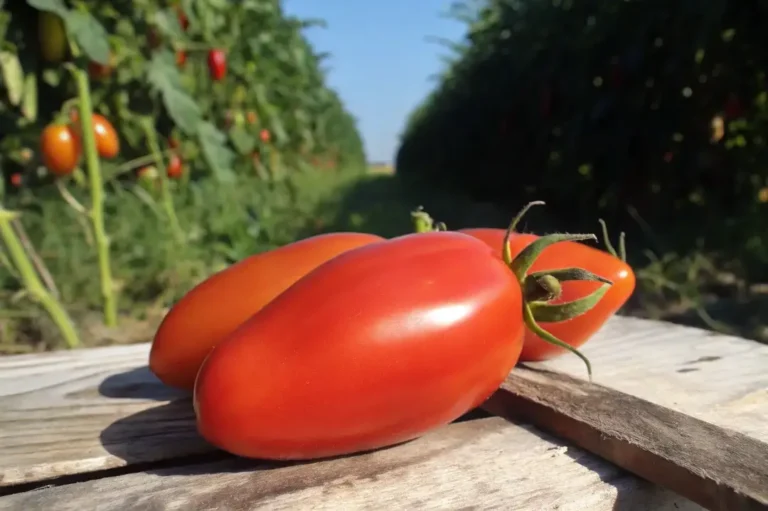Do Rabbits Eat Tomato Plants? 6 Best Ways to Protect Your Garden
Table of Contents
Introduction
Ever walked into your garden only to find your prized tomato plants nibbled to stems? You’re not alone. According to the National Gardening Association, rabbits cause over $50 million in crop and garden damage annually, with tomato plants ranking among their favorite snacks. So, do rabbits eat tomato plants? Absolutely—and they do so with surprising enthusiasm. These fluffy garden invaders particularly love tender tomato seedlings and can decimate an entire crop overnight. Understanding rabbit behavior is the first step toward protecting your garden investment, which for the average home gardener, represents about $70 worth of tomato plants per season.
Identifying Rabbit Damage
Signs Rabbits Are Targeting Your Tomato Plants
- Clean, 45-degree angle cuts on stems (unlike the jagged edges left by deer)
- Damage concentrated at ground level up to 2-3 feet
- Small, pea-sized droppings near plants
- Tracks with four toes in front and five in back
- Missing seedlings with only stems remaining
Research shows that rabbits typically feed at dawn and dusk, making their damage pattern distinct from other garden pests. Understanding these telltale signs can help you implement the right protection strategies before it’s too late.
Why Rabbits Love Tomato Plants
Rabbits are naturally drawn to tomato plants because they offer:
- High water content (94% water) – perfect for hydration
- Tender, easy-to-eat foliage, especially in young plants
- Nutritious leaves containing vitamins A, C, and K
- Easy access in most garden layouts
- Protection from predators when plants are mature
While rabbits primarily target the leaves and stems, they generally avoid the fruits themselves due to their slightly acidic nature. This selective feeding behavior can be particularly frustrating for gardeners, as the plant damage often occurs before any harvest is possible.
6 Effective Ways to Protect Your Tomato Plants
1. Install Proper Fencing
The most reliable protection comes from physical barriers. Install a fence that is:
- At least 2 feet high (rabbits rarely jump higher in search of food)
- Buried 6-10 inches underground to prevent digging
- Made of 1-inch chicken wire or hardware cloth
- Secured with stakes every 4-6 feet
Studies show that properly installed fencing reduces rabbit damage by up to 95%, making it worth the initial investment of approximately $25-45 for an average garden plot.
2. Apply Natural Repellents
Natural deterrents can be highly effective when applied consistently:
- Blood meal (reapply after rain)
- Crushed red pepper flakes scattered around plants
- Garlic and egg spray (6 cloves garlic + 1 egg + 2 cups water, blended)
- Predator urine (available commercially)
- Coffee grounds sprinkled around plant bases
These repellents work by triggering rabbits’ sensitive olfactory systems, creating an unpleasant environment that encourages them to forage elsewhere. For best results, rotate between 2-3 different repellents to prevent habituation.
3. Plant Rabbit-Resistant Companions
Strategic companion planting creates natural protection:
- Onions and garlic (strong odors repel rabbits)
- Marigolds (both scent and taste are unappealing)
- Lavender and rosemary (aromatic deterrents)
- Spicy peppers (capsaicin deters most mammals)
In a 2020 university extension study, gardens utilizing companion planting showed 37% less rabbit activity compared to control gardens, while also benefiting from improved pollination and pest management.
4. Use Commercial Repellents
When natural methods aren’t enough, commercial products can help:
- Liquid Fence (rain-resistant formula lasts up to 30 days)
- Bobbex-R (environmentally friendly, biodegradable)
- Plantskydd (blood-based, lasts up to 4 months)
- Repels-All (combination of predator urine and botanical oils)
Apply these products according to package directions, typically every 2-4 weeks and after heavy rainfall, for consistent protection.
5. Create Habitat Modifications
Make your garden less inviting to rabbits:
- Remove brush piles and debris that provide shelter
- Keep grass cut short around garden perimeters
- Create a 2-3 foot bare soil strip around gardens (rabbits avoid exposed areas)
- Remove other food sources like clover and dandelions
- Install owl boxes or hawk perches to encourage natural predators
These habitat modifications have been shown to reduce rabbit populations by up to 40% within a single growing season, according to wildlife management data.
6. Use Physical Protection For Individual Plants
For smaller gardens or prized specimens:
- Wire cages around individual plants
- Plastic plant collars at the base (8-10 inches high)
- Row covers during the most vulnerable seedling stage
- Plastic mesh tubes for young plants
- Clear plastic bottles with bottoms removed as mini-greenhouses
These individual protections are particularly effective for newly planted seedlings, when tomato plants are most vulnerable to complete destruction.
Common Mistakes to Avoid
- Waiting until damage is extensive before taking action
- Using only one protection method instead of a layered approach
- Applying repellents inconsistently or at insufficient quantities
- Installing fencing that’s too short or not secured underground
- Assuming mature plants are safe (rabbits will return when food is scarce)
- Forgetting to protect plants during winter (rabbits will eat bark when hungry)
According to garden survey data, gardeners who implement preventative measures before planting are 78% more successful at preventing rabbit damage than those who react after seeing evidence of feeding.
Conclusion
Rabbits do indeed eat tomato plants—with enthusiasm—but with these six protection strategies, you can successfully grow a thriving tomato garden despite these persistent visitors. By combining physical barriers, repellents, companion planting, and habitat modifications, you’ll create multiple layers of protection that work together to keep your plants safe. Remember that consistency is key, and early intervention will save your tomato crop from becoming an expensive rabbit buffet. Start implementing these protective measures today, and enjoy the satisfaction of harvesting your tomatoes rather than sharing them with the local wildlife.
FAQs
Can I use mothballs to repel rabbits from my tomato plants?
No. Mothballs are toxic pesticides not registered for garden use and can be harmful to pets, children, beneficial insects, and your plants. Stick to safe, approved rabbit repellent methods.
Will human hair keep rabbits away from tomato plants?
Human hair has limited effectiveness. While the scent may initially deter rabbits, they quickly habituate to it. For better results, combine hair with other repellent strategies.
Do ultrasonic repellers work against rabbits?
Studies show mixed results with ultrasonic devices, with effectiveness dropping significantly after a few weeks as rabbits become accustomed to the sound. They’re best used as part of a comprehensive approach.
Are coffee grounds a permanent rabbit solution?
Coffee grounds need frequent reapplication, especially after rain. They work best as part of a rotating repellent strategy rather than a standalone solution.
Will raised beds protect my tomato plants from rabbits?
Standard raised beds (6-12 inches) won’t deter rabbits, who can easily jump that height. However, beds raised 3 feet or more can be effective if the sides are solid with no access points.







